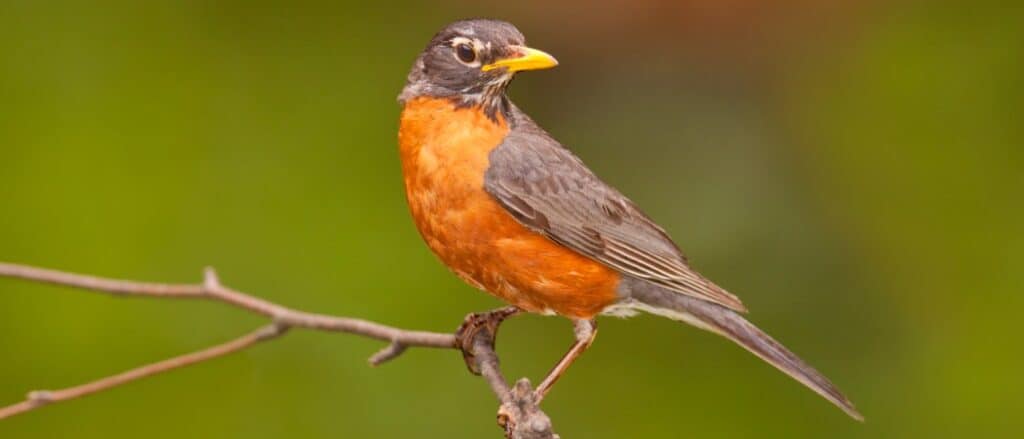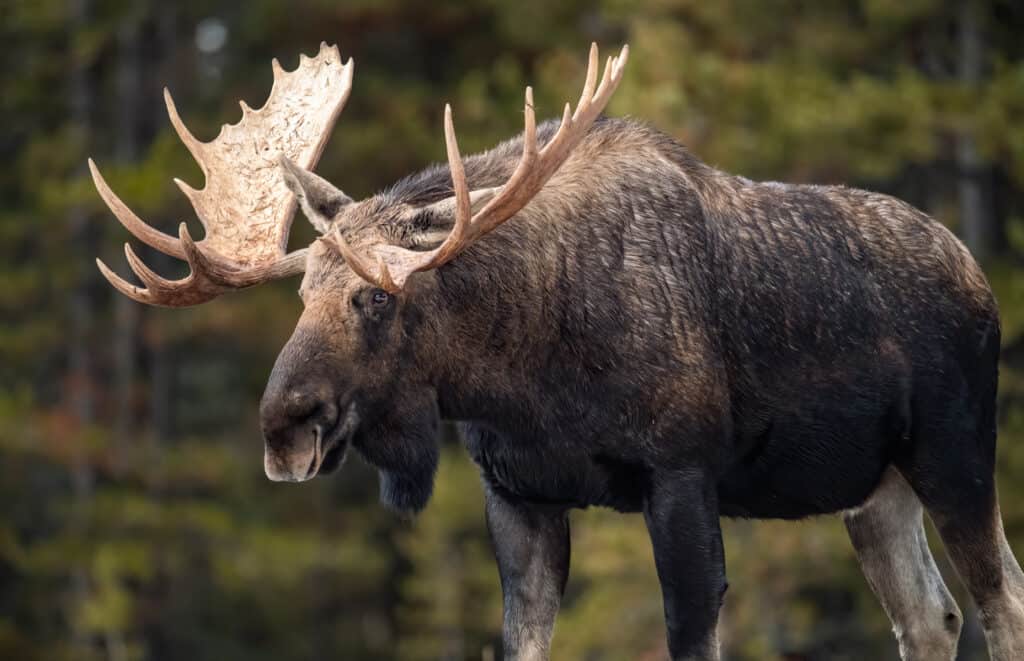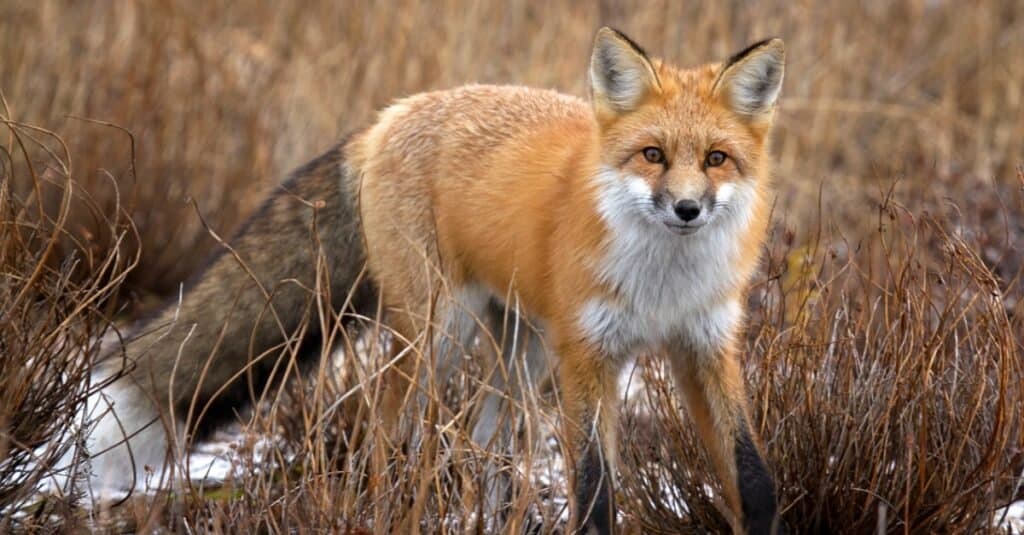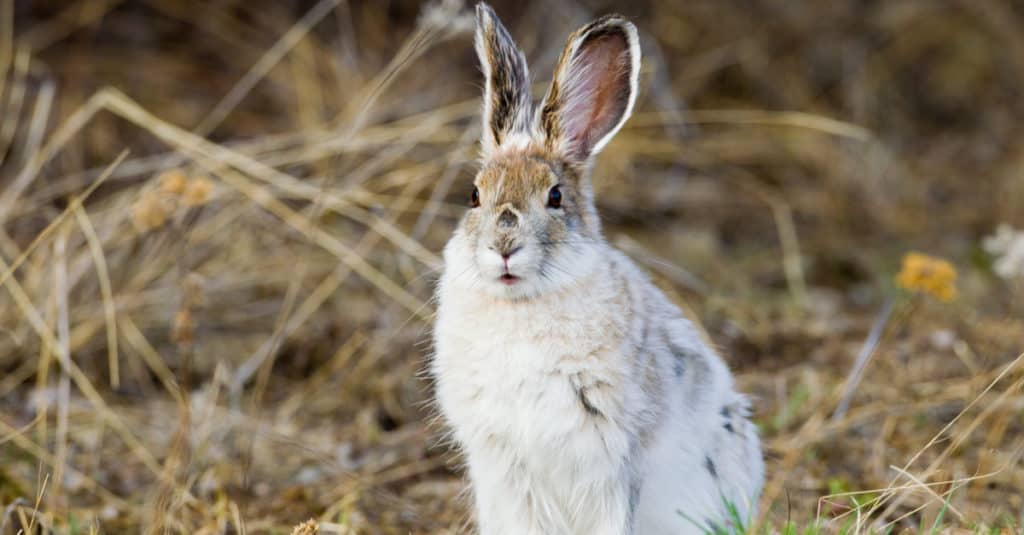Connecticut is a small US state in the northeast and the southernmost territory in New England. It may be the 3rd smallest state in the country, but it has diverse ecosystems, such as forests, wetlands, and sea coasts, filled with rich wildlife. Each biome contains unique animals, some of which are exceptionally speedy. Discover the fastest animals in Connecticut, including where they live and why they are so swift.
1. Mallard Duck – 60 mph

Mallard ducks are strong and swift fliers.
©iStock.com/NatalyaAksenova
Mallards are medium-sized ducks found in temperate regions throughout the world. You can find these ducks in most of Connecticut, near ponds, parks, and wetlands. You may not think ducks are particularly fast, especially since they spend most of their days floating in the water, but they are strong and swift fliers. Mallards migrate over long distances, flying up to 60 miles per hour. They can travel over 800 miles in one day using a tailwind to glide through the air at an average of 50 mph. Their wings are long and pointed, giving them an aerodynamic shape, and they fly with rapid wingbeats when reaching their max speeds.
2. American Robin – 36 mph

The robin is the official state bird in Connecticut.
©iStock.com/Silfox
Robins are common throughout North America, often foraging on American lawns and parks. It is also Connecticut’s official state bird and resides year-round, inhabiting pine trees in wetland habitats. Usually, when we see robins, they are flying leisurely through suburban backyards, but these little birds can reach 36 miles per hour when migrating. They are faster than other birds their size and within their species and are very energetic. This species is also known for hopping, walking, and running on land!
3. Moose – 35 mph

Despite their size, moose are quite agile.
©Harry Collins Photography/Shutterstock.com
Moose are the largest members of the deer family and inhabit regions in North America and Eurasia. Connecticut has a moose population of around 100 individuals, and they live in the forested and wetlands habitats of the northern portion of the state. These deer are enormous, some reaching 10 feet tall and weighing over 1500 pounds. But despite their impressive size, they are pretty agile. They can quietly run through their forest habitats at 35 miles per hour, much faster than humans. And they can also swim six miles per hour for long periods. They have many quick ways to escape danger, although not too many creatures would want to pick on something this huge.
4. Red Fox – 30 mph

The red fox uses its speed to catch prey.
©iStock.com/Lynn_Bystrom
Red foxes are medium-sized wild canines found throughout most of the northern hemisphere. These rusty-colored foxes are abundant in Connecticut and range across most of the state, where you can find them in woodlands, urban areas, and suburban neighborhoods. Foxes are predators but do not typically bother humans and will flee when encountered. To escape danger, they can run up to 30 miles per hour and leap at least six feet high, quickly escaping humans and most animals. They also use speed to capture their prey, laying chase to speed creatures like rabbits.
5. Snowshoe Hare – 27 mph

Snowshoe hares are experts at changing direction while running at top speed.
©Jukka Jantunen/Shutterstock.com
Snowshoe hares are aptly named for their large hind feet and preference for hopping through the snow. They are native to North America and inhabit the northern regions of Connecticut, where they live in deep forests. The snowshoe hare is exceptionally speedy and agile, reaching 27 miles per hour as it leaps through its habitats, jumping over 12 feet high. Their large snowshoe-like feet keep them above the snow’s surface and help them leap forward in the soft powder without sinking.
6. Sperm Whale – 23 mph

The sperm whale is the state animal for Connecticut.
©bekirevren/Shutterstock.com
Sperm whales are the largest toothed whales and have an extensive global range. It is Connecticut’s state animal and played an essential role in the state’s history when the whaling industry was popular. Adult males can grow up to 52 feet long and weigh over 90,000 pounds, but they can move rather quickly despite their enormous size. Their average cruising speed hovers around six miles per hour, but they can swim in spurts up to 23 miles per hour. Like the dolphin, the whale’s tail propels it through the water at fast enough speeds to catch swift prey.
7. Bottlenose Dolphin – 21 mph

You can find bottlenose dolphins off the shore of Connecticut.
©Lefteris Papaulakis/Shutterstock.com
The bottlenose dolphin is an aquatic mammal and the most common dolphin off the Connecticut shore. Some populations stay in deep waters far from shore, while others inhabit harbors, bays, and estuaries near the coastline. Dolphins are one of the speediest in the ocean, reaching 18 miles per hour during level swimming and up to 21 mph when ascending into a vertical leap. Even during their slowest swimming rates (5 mph), they can keep up with the fastest human swimmers on earth. The dolphin’s tail gives it enough thrust to propel it through the water; the faster it moves its tail, the quicker it goes.
Up Next:
- Discover the Fastest Animals in Indiana
- Discover the Fastest Animals in New Jersey
- Discover the Fastest Animals in Virginia
- Discover the Fastest Animals in New Mexico
The photo featured at the top of this post is © Jim Nelson/Shutterstock.com
Thank you for reading! Have some feedback for us? Contact the AZ Animals editorial team.






